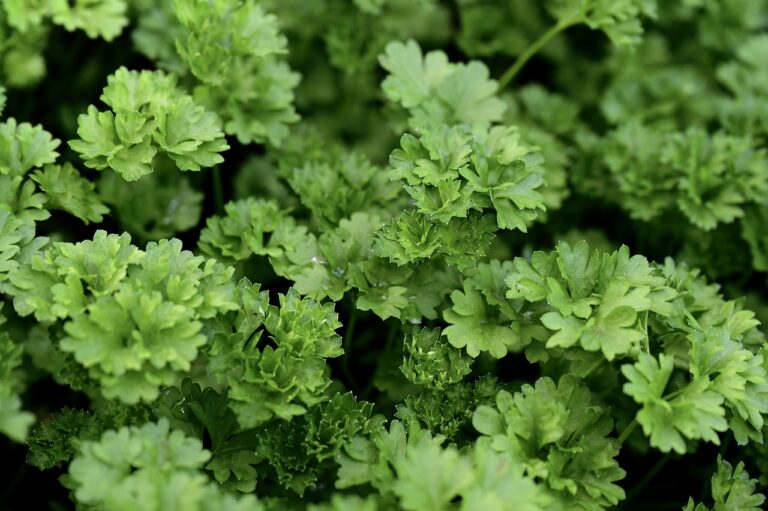Fermented Foods: Exploring the Trend and Health Benefits
Fermented foods are dishes that have undergone a process in which natural bacteria, yeast, or other microorganisms convert sugars into acids or alcohol. This transformation not only enhances the flavor of the food but also helps in preserving it for a longer period of time. Common examples of fermented foods include yogurt, kimchi, sauerkraut, kefir, and miso.
Not only do fermented foods offer unique tastes and textures, but they also provide numerous health benefits. These foods are rich in beneficial probiotics that support gut health and boost the immune system. Fermented foods are also known for their increased nutrient content, making them a valuable addition to a balanced diet.
The History of Fermented Foods
Fermented foods have a long and varied history, dating back thousands of years. Early civilizations like the Ancient Egyptians, Greeks, and Romans were known to ferment foods such as dairy, fruits, and vegetables as a way to preserve them and enhance their flavors. These ancient cultures discovered that fermentation not only extended the shelf life of perishable foods but also provided added health benefits.
As time progressed, fermentation techniques were passed down through generations and spread to different regions around the world. In Asia, countries like Korea, Japan, and China developed their own unique fermented foods like kimchi, miso, and soy sauce. In Europe, sauerkraut, pickles, and kefir became popular staples in various culinary traditions. The art of fermenting foods continued to evolve, with each culture adding its own twist to create a rich tapestry of fermented delicacies enjoyed globally.
How Are Fermented Foods Made?
Fermented foods are created through a natural process that involves the breakdown of carbohydrates by bacteria and yeast. In this process, microorganisms consume sugars in foods while producing compounds like alcohol and acids. These compounds not only preserve the food but also give it unique flavors and textures.
To make fermented foods, ingredients like vegetables, grains, or dairy are mixed with salt or a brine solution and left to ferment in a controlled environment. The presence of beneficial bacteria, such as lactobacillus, initiates the fermentation process which can take anywhere from a few days to several weeks. The end result is a probiotic-rich food that is not only delicious but also offers various health benefits.
What is the purpose of fermenting foods?
Fermenting foods helps to preserve them, enhance their flavor, and promote the growth of beneficial bacteria.
What are some common examples of fermented foods?
Common examples of fermented foods include yogurt, sauerkraut, kimchi, kombucha, and kefir.
How long does it take to ferment foods?
The time it takes to ferment foods can vary depending on the type of food being fermented and the desired level of fermentation. It can range from a few days to several months.
Is it safe to eat fermented foods?
Yes, fermented foods are generally safe to eat. The fermentation process helps to inhibit the growth of harmful bacteria and can actually increase the nutritional value of the food.
Can I ferment foods at home?
Yes, many people ferment foods at home using simple techniques and ingredients. It is important to follow proper safety guidelines when fermenting foods at home to avoid contamination.







